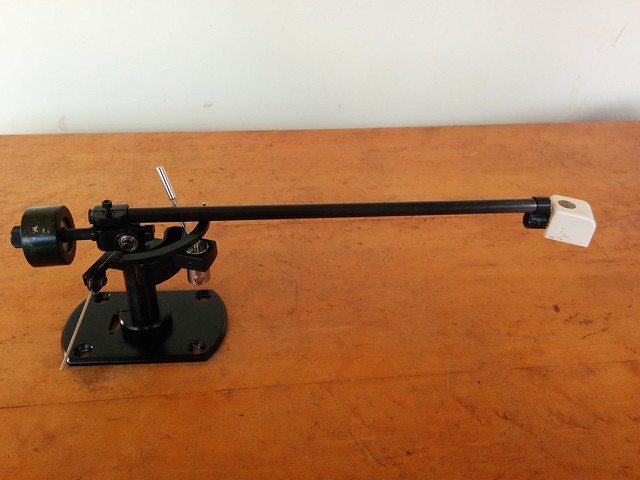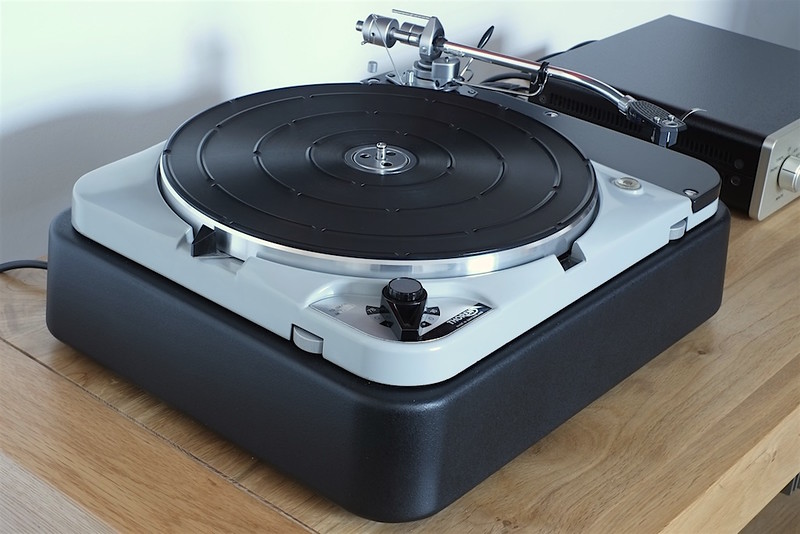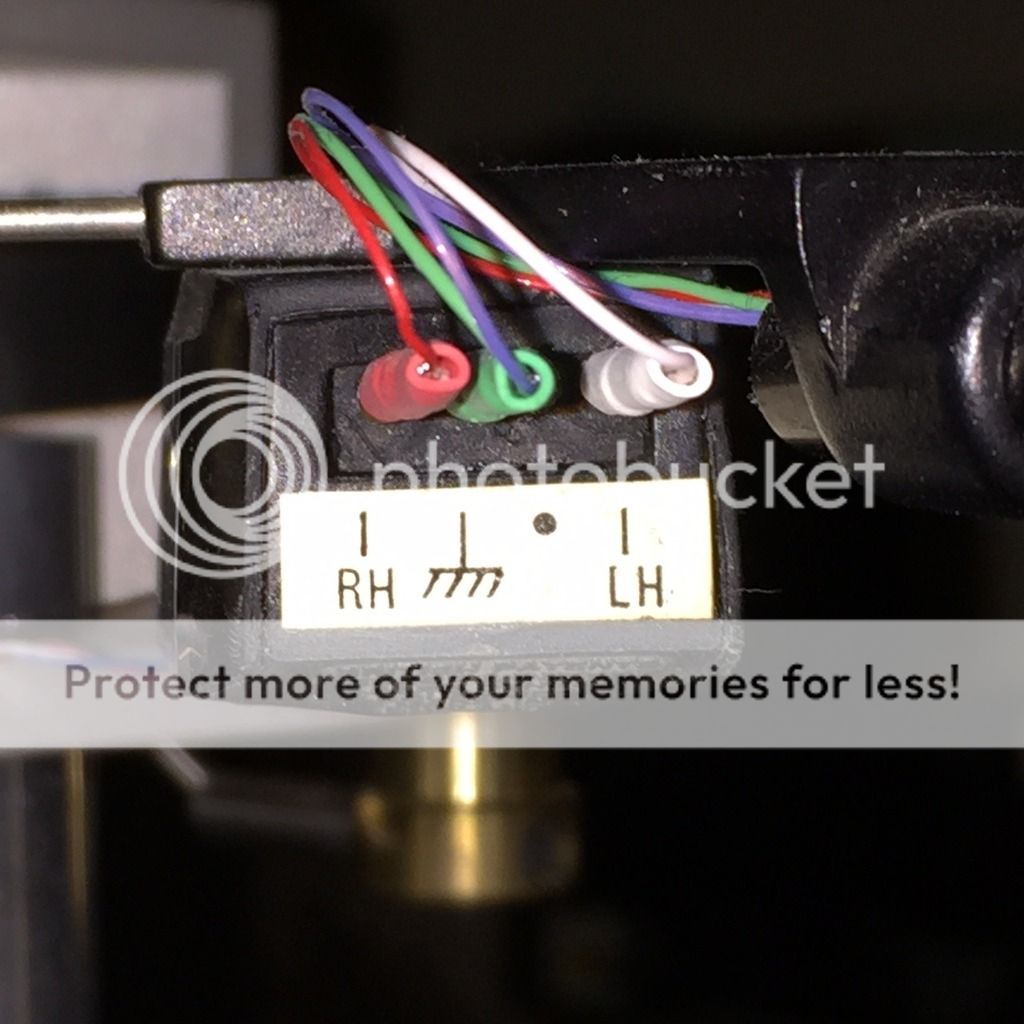Patrick Dixon
Imagineer
May go back one day but difficult and expensive to get a good one as many are reconditioned and some a bit ropey.
Reconditioned is good - providing it's been done by someone who knows what they are doing, like John Wright.
If it's old it would need doing anyway because it will be full of dirt and the little bit of suspension material it has will be knackered, and probably the tie-back gone too.
I think the 4s all have electrical damping which JW removes when he fits a new stylus. I don't think it's necessary with the diamond profiles and cuts he uses.




